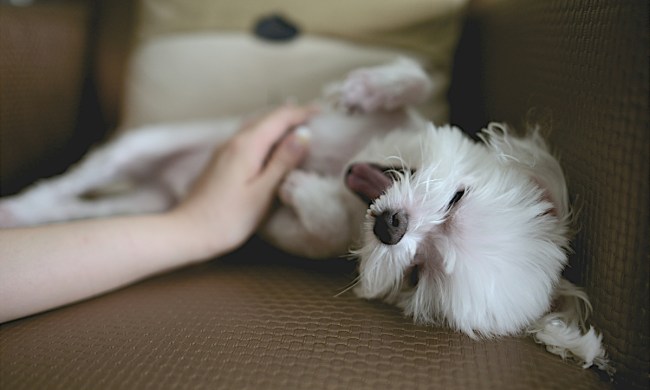Some dog owners (and fans of dogs) can name dozens of dog breeds like the back of their hands, but others can’t even tell the difference between a dachshund and a Corgi. That’s OK! As long as a dog owner knows how to take good care of their fur baby, they don’t necessarily need to know the fun facts. At the same time, learning about different dog breeds can be valuable in certain situations, whether you like watching dog shows or are considering volunteering at a rescue.
Even if it’s just for fun, there’s a lot you’ll want to know about the six newest dog breeds in the show universe. The American Kennel Club (AKC) is one of the largest dog breed registries in the world, and it oversees the standards and requirements for each new breed that’s created. Since 2021, it has welcomed six new breeds to its ranks, and you may have even seen these dogs in a local or televised dog show.
Have you heard of any of these new dog breeds?
197: Biewer terrier (April 2021)
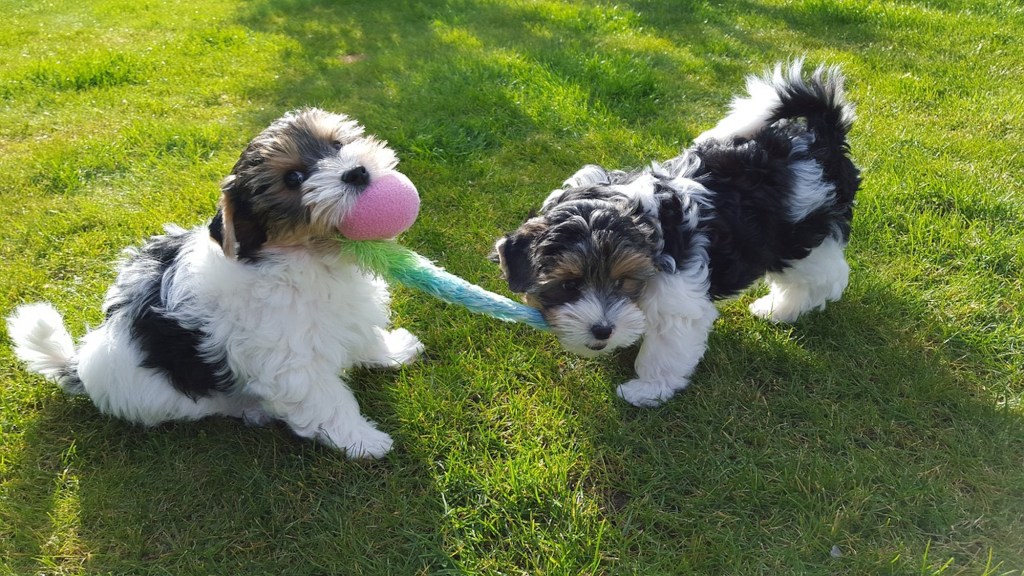
These tiny dogs entered the Toy Group in 2021 after joining the AKC’s Foundation Stock Service in 2014, gaining full recognition in just seven years. The breed got its start in Germany in the 1980s when a couple, Werner and Gertrud Biewer, aimed to breed tricolor Yorkshire terriers. There’s still debate whether these dogs were “technically” designer dogs, mixed-breed dogs, or just Yorkies with a recessive gene for a lighter hair color, but whatever they are, there’s no doubt that they’re adorable.
However, a number of genetic tests proved that the Biewer terrier (pronounced like “beaver”) is a breed all its own. It still took a number of years before it was recognized by the AKC, but ironically.
198/199: Russian toy (January 1, 2022)
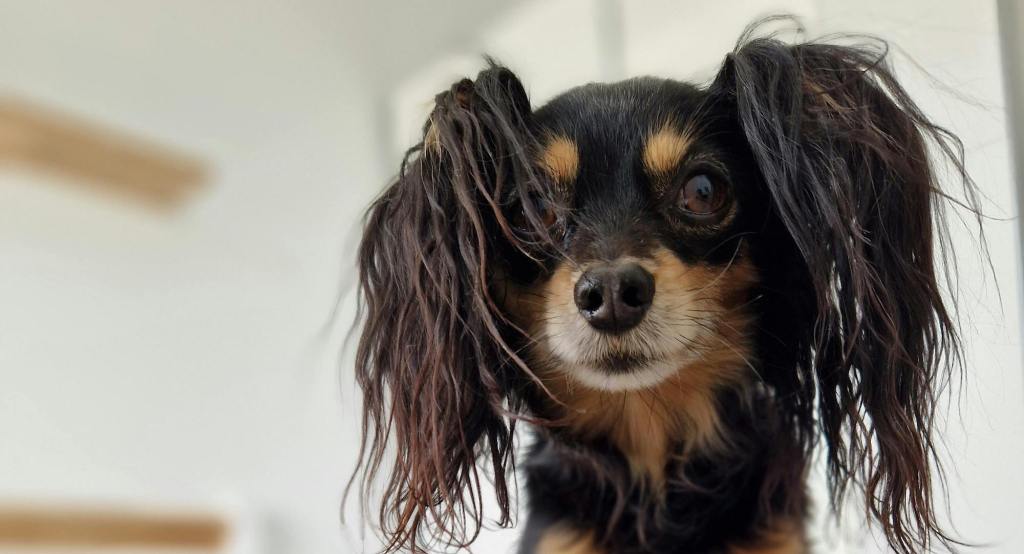
January 2022 was a busy month for the AKC, which announced the arrival of two breeds at once. One of those breeds is the Russian toy, which, as its name implies, is a toy-sized dog with a long, long history. These small dogs were companion dogs for the Russian aristocracy in the early 20th century, back when they were still called English toy terriers. Their popularity briefly declined until a single long-haired puppy was born, which brought about a second, long-coated version of the breed.
These athletic and humorous dogs are often mistaken for Chihuahuas and Papillons, but they’ve been in the AKC’s Miscellaneous Class since 2019. Since being recognized in 2022, they’re officially a breed all their own.
198/199: Mudi (January 1, 2022)
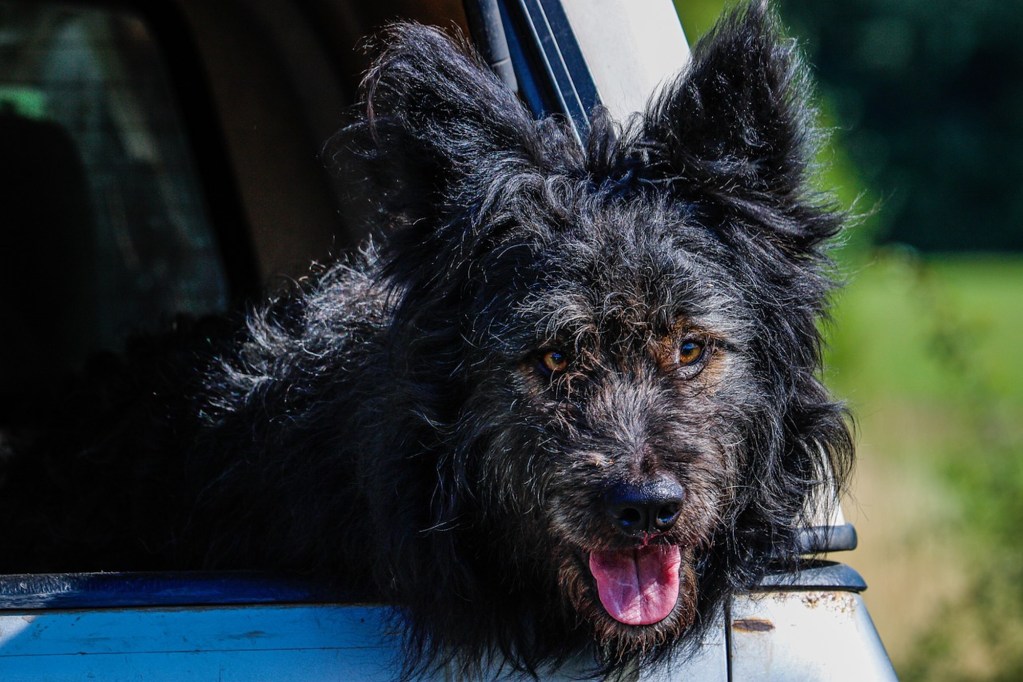
The other dog breed to make its debut in January 2022 is the Mudi (pronounced “moody”). This Hungarian breed is a hunting dog that thrives when given a job to do. They are incredibly smart and loyal, though they can be noisy and destructive when they become bored.
Mudis have been recognized in the Foundation Stock Service since 2004, but were finally promoted to an AKC-official dog breed 18 years later. However, there are less than 500 Mudis in the U.S., and these farm dogs have not experienced a popularity boom like other new dog breeds have. Even so, these curly-coated hard workers can be excellent companions for farmers, landowners, and busy families.
200: Bracco Italiano (May 2022)
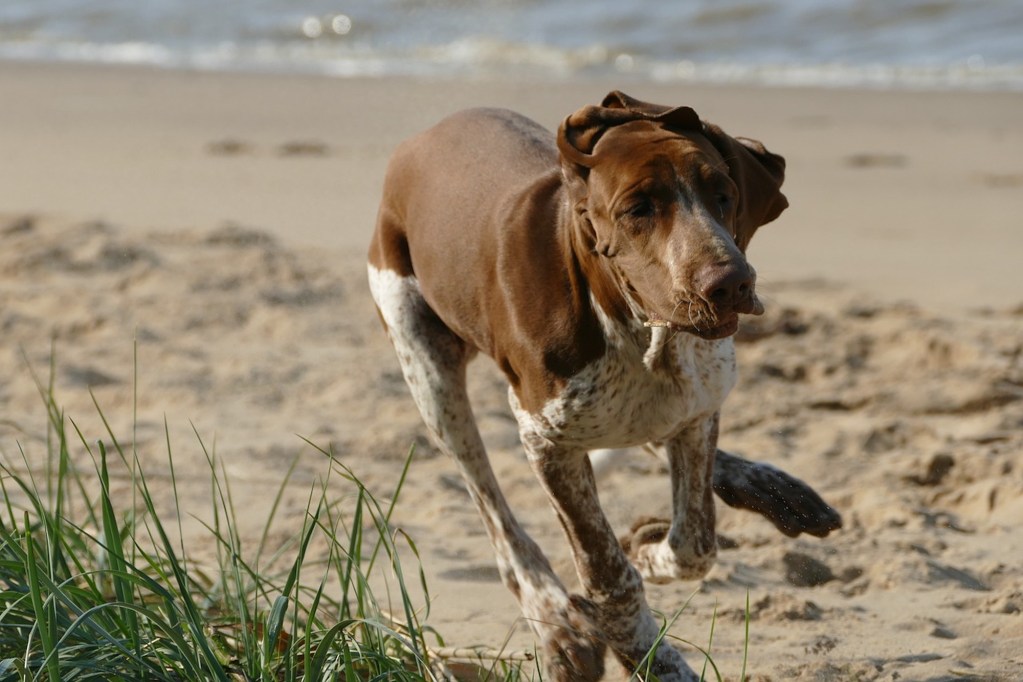
So far, the newest dog breeds have hailed from Germany, Russia, and Hungary, so let’s continue the tour of Europe with the Bracco Italiano. As you’ve likely guessed, this pointer from the Sporting Group comes from Italy, though its extensive lineage began as early as the 4th or 5th century — long before a country named Italy existed.
These dogs are often mistaken for bloodhounds, though they are anything but. True, they are also a hunter with long droopy ears and a loose, wrinkly face, but these taller, faster dogs are much better built to run. The Bracco Italiano is a hunting dog through and through, so owners should be sure to provide lots of enrichment and exercise.
201: Lancashire heeler (January 1, 2024)

Our European promenade concludes with an English breed that’s best known as a champion sheep herder. Despite being short and stout, the tenacious Lancashire heeler is a wonderful farm dog with strong herding instincts. They are eager to please and incredibly smart, though they’ve also been known to herd small children and other dogs when they get too bored. Fortunately, their small size makes it a bit easier to give them all the space, time, and fun they need to thrive.
“Getting officially recognized as a member of the Herding Group required proof of a minimum of 20 litters bred with a three-generation pedigree,” explained the AKC. Although this breed has been recognized in England since the 1980s, it only joined the Foundation Stock Service — many breeds’ precursors to becoming recognized — in 2001. Only 23 years later, advocates of this dog breed have finally reached their goal.
202: Danish-Swedish farmdog (January 1, 2025)

And finally, we have the Danish-Swedish farmdog (DSF) from, you guessed it, Denmark and Sweden. Just recognized on January 1, 2025, the newest pup has a long history dating back to the Vikings. More recently, you would have spotted this canine working on farms in Scandinavia, and it has been fittingly placed in the Working Group.
There may have been the occasional DSF in America prior to 1998, but that’s when “Agerhonen’s Flora” came to the States to start a line of these little-big dogs. The breed went into the AKC Foundation Stock Service program in 2011 and the Miscellaneous Class in 2021. Today, the pooch has entered the ranks as an official AKC breed, and we expect its popularity to increase over the next few years.
Out of these six new dog breeds, there’s a little bit for everyone to enjoy. Whether you’re a fan of sheep-herding dogs or tiny, toy-sized divas, we sure wouldn’t blame you for looking into any of the amazing dog breeds on this list.




